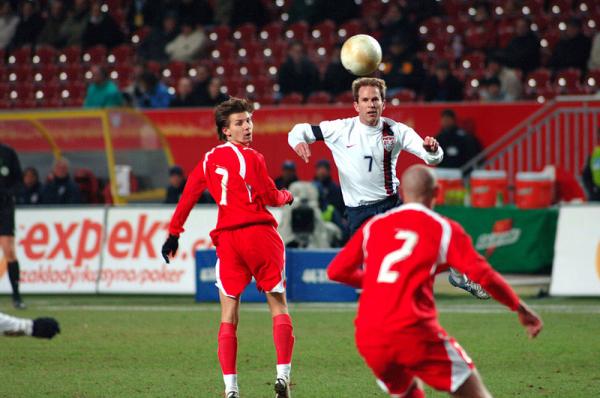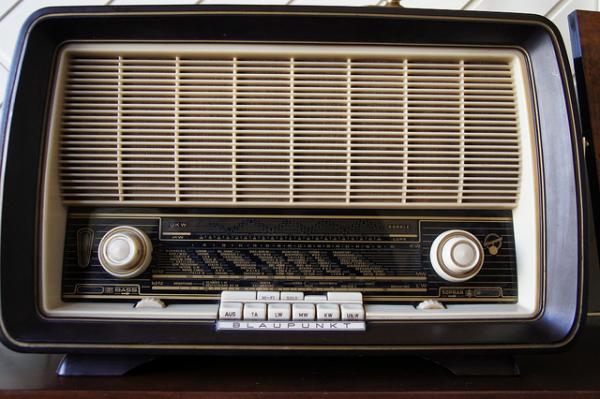Guest:
- Tony Churnside, media technologist at the BBC
You may know your playlists like the back of your hand, but what if your playlists also knew you? Tony Churnside, media technologist at the BBC, says the notion is not so far fetched. He and his team have developed a radio that is fully flexible to your wants and needs - including adapting its coverage depending on where you are and what you like.

Want to hear the crowd cheering instead of the referee? With the BBC's new radio, you got it. Credit: John E. Lasky / Wikimedia Commons
Picture this: you're listening to a soccer match - or football match, as the folks at the BBC would say - and you decide that you'd like to hear the boos and chants of the opposing team. Or you'd like to turn off the sound of the referees so you can come up with your own analysis.
With the BBC's new radio, you can do exactly that - and customize your radio experience in other ways. This prototype can also determine where you are and modulate its output depending on location: the music mix you hear at the gym, for example, will be a little different from what you'd hear at the library. For Churnside, the key points in the new design are flexibility and choice. "The way people are listening is so varied now, it perhaps makes less sense to produce one thing for everyone," he says.

Will the BBC's new radio create a media bubble for listeners? Not exactly, says Churnside. Credit: peetje2 / Flickr Creative Commons
Does this mean that the future of radio is one in which everyone is happily ensconced in their own little media bubble? Frankly, he says, "I think that kind of happens anyway." Churnside's aim with this new radio is to try to make broadcasts of events like sporting matches as close to reality as possible by allowing you to hear it as if you were actually there. Even still, he notes, it's not quite the real thing -- and that's true of old radio too. "The audio mix you're hearing isn't reality," he points out. "It's a constructed version of reality."

